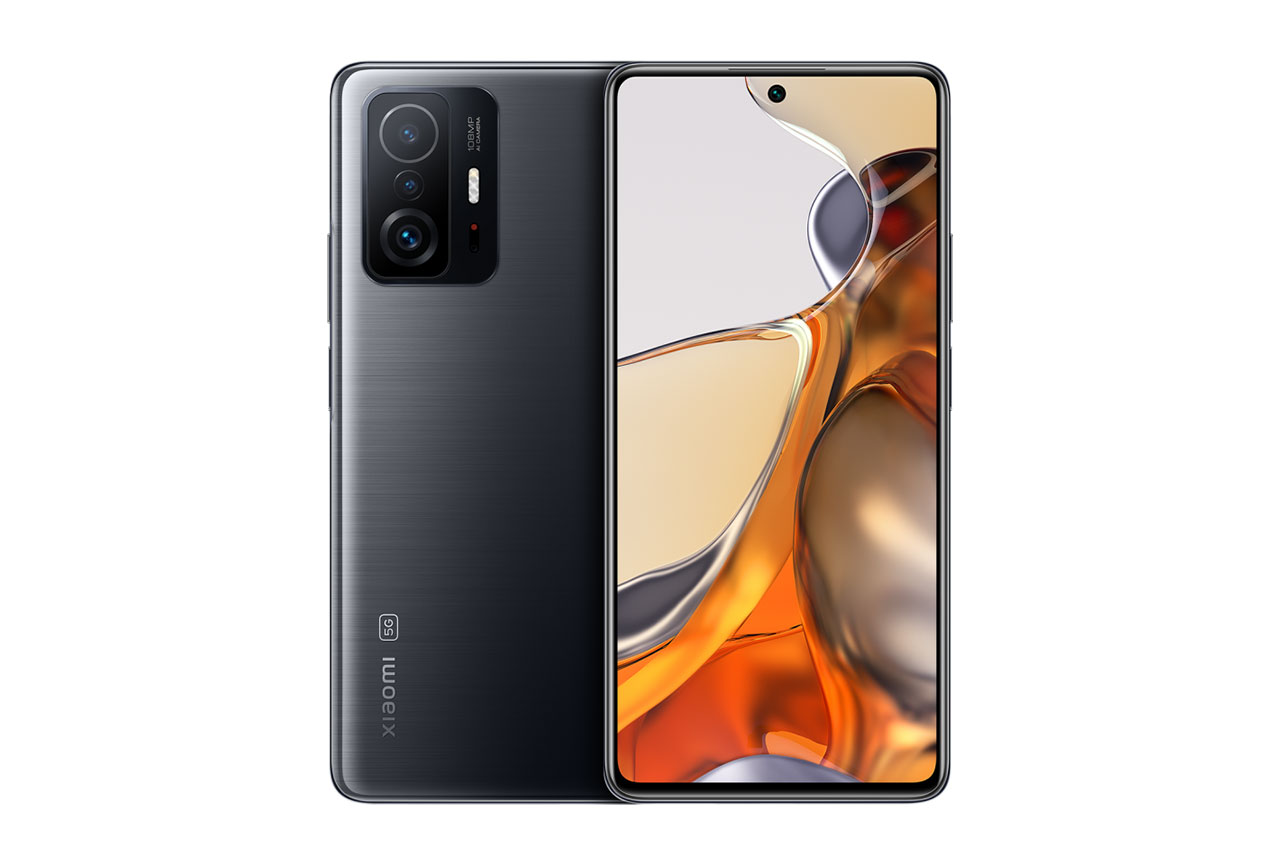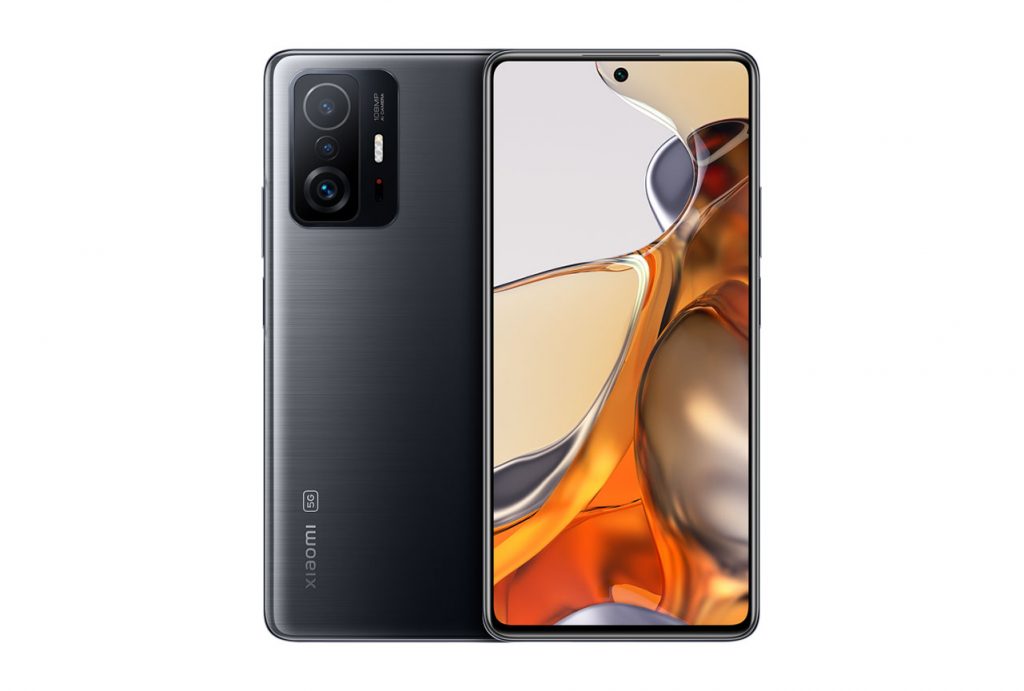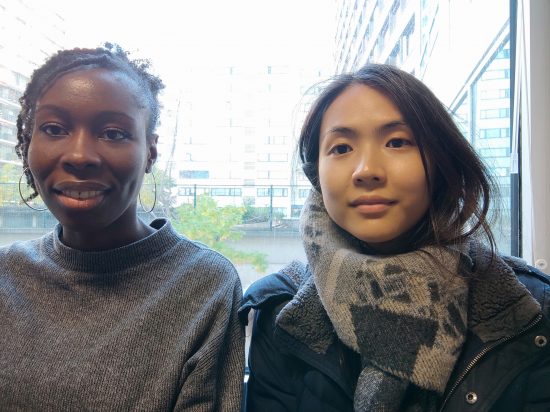The Xiaomi 11T Pro offers many of the brand’s Ultra-Premium Mi 11 line’s features and specs, albeit at a slightly lower price point which puts it into the Premium segment. The device is powered by Qualcomm’s high-end chipset Snapdragon 888 and comes with a 6.67-inch AMOLED display, a main camera with ultra-wide and macro lenses, as well as up to 12GB and 256GB RAM of built-in storage.
The front camera is integrated into the display and captures 16MP images through an f/2.45-aperture lens. In video mode, you can record selfie clips at 1080p FullHD resolution with a frame rate of up to 60 fps.
Let’s what these specs mean in real life and how the Xiaomi 11T Pro stacks up against the competition in the DXOMARK Selfie test.
Key front camera specifications:
- 16 MP sensor, f/2.45 aperture lens
- 1080p/60fps video (1080p/30 fps tested)
- Qualcomm Snapdragon 888 chipset
About DXOMARK Selfie tests: For scoring and analysis in our smartphone front camera reviews, DXOMARK engineers capture and evaluate over 1500 test images and more than 2 hours of video both in controlled lab environments and in natural indoor and outdoor scenes, using the camera’s default settings. This article is designed to highlight the most important results of our testing. For more information about the DXOMARK Selfie test protocol, click here.
Test summary
Scoring
Sub-scores and attributes included in the calculations of the global score.

Xiaomi 11T Pro


 56th
56th 13th
13thPros
- Good exposure (including with flash) and wide dynamic range
- Accurate and stable white balance
- Good video exposure in bright light and indoors
- Video noise is well controlled
Cons
- Occasionally unnatural skintone rendering
- Luminance noise
- Image artifacts, including hue shift and local texture instabilities
- Limited depth of field for group shots
- Blur gradient is not visible in bokeh mode
- Often unnatural color or skin tones in bright-light video
- Loss of detail on faces in high-contrast videos
- Ineffective video stabilization, especially in high-contrast scenes
With a score of 91, the Xiaomi 11T Pro achieves a mid-table position in our DXOMARK Selfie ranking for Premium segment devices. It’s also an improvement over Xiaomi’s own Mi 11, with a noticeably better performance in photo mode. The 11T Pro’s score is higher for Video, too, but the difference is less pronounced than for still images.
When capturing photos the 11T Pro’s front camera delivers middle-of-the-road results across pretty much all categories. Exposure tends to be accurate but can be a little unstable sometimes. Compared to devices like the predecessor 10T Pro or the Samsung Galaxy S21 5G, dynamic range is pretty wide, capturing better detail in the brightest and darkest areas of the frame. The auto white balance system is usually accurate and consistent, too, but our testers observed some color casts, that can result in slightly unnatural looking skin tones.
On subjects in the focal plane, detail is a touch lower than on some competitors and 11T Pro users should keep in mind that the camera’s depth of field is quite narrow, which means there is a noticeable loss of detail on the background or people at the back of group shots. Image noise is slightly visible, even in bright light, and gets worse as light levels go down. Image artifacts we found include local texture instabilities and hue shift near saturation, for example, a blue sky turning cyan.
When recording video clips, the 11T Pro does comparatively well in terms of exposure and noise but loses some points in the stabilization category. Target exposure tends to be accurate when shooting in bright light or under indoor conditions, but our testers often observed color casts in daylight videos, sometimes on the subject’s skin, resulting in slightly unnatural skin tones. Video noise is well under control in all light conditions, but there is a noticeable loss of detail on faces when recording in bright high-contrast conditions. Stabilization is an area for improvement. Residual camera motion is quite noticeable both when holding the camera stationary and while recording when moving. This is especially true for high-contrast scenes.








DXOMARK encourages its readers to share comments on the articles. To read or post comments, Disqus cookies are required. Change your Cookies Preferences and read more about our Comment Policy.